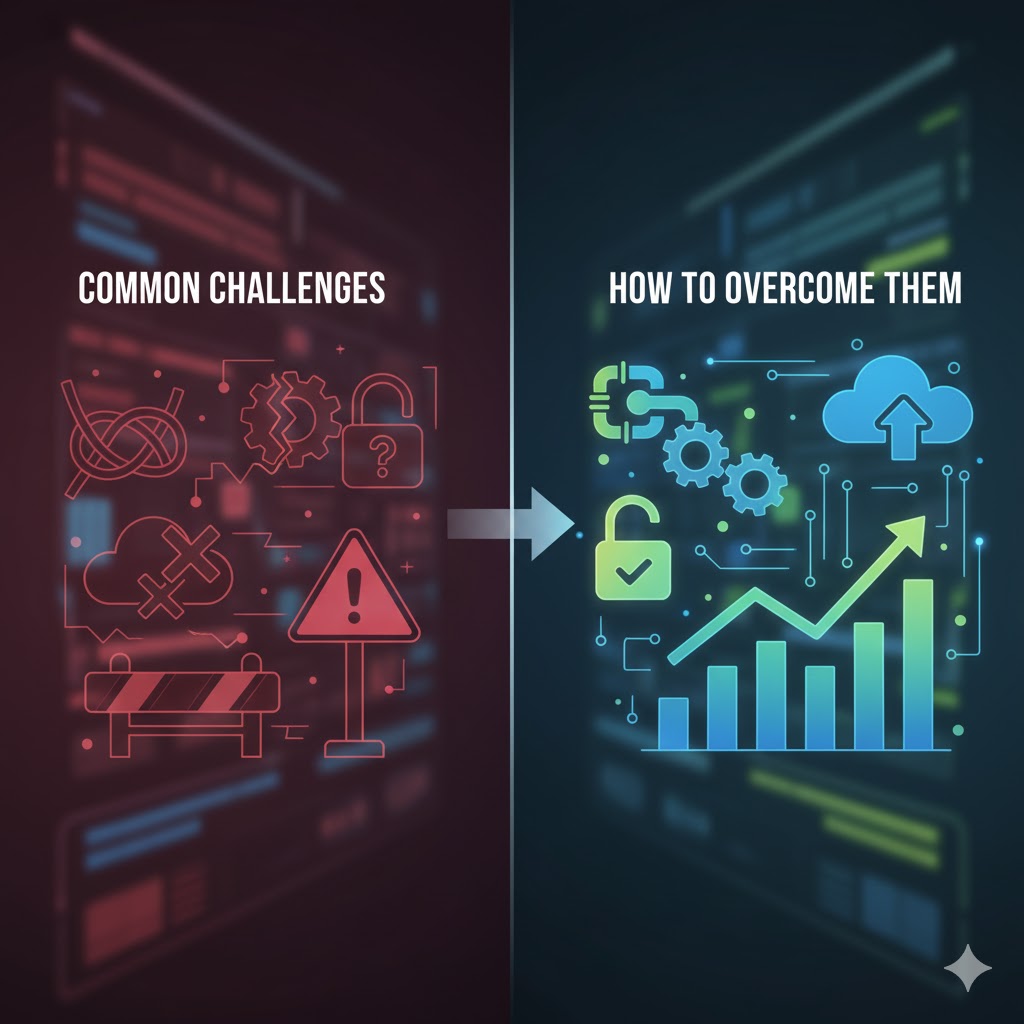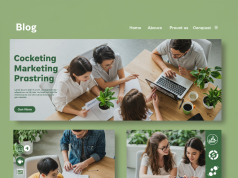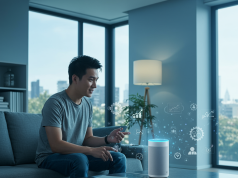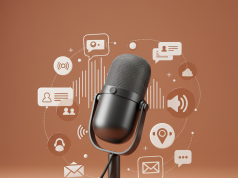In today’s crowded digital landscape, generic messages no longer cut through the noise. Your audience expects relevant, timely, and personalized experiences at every touchpoint. Enter AI-driven personalization: a game-changing approach that leverages machine learning, predictive analytics, and real-time data to deliver bespoke content and offers.
Understanding AI-Driven Personalization

AI-driven personalization uses algorithms to analyze individual behaviours, preferences, and demographic data. By processing large datasets in real time, AI systems can predict what each visitor is most likely to engage with next—whether it’s a tailored blog post, a product recommendation, or a special offer. Unlike rules-based personalization that depends on manual segmentation, AI models continuously learn and refine their predictions, making them more accurate over time. Learn more about AI-Powered Chatbots in Inbound Marketing.
Why Personalization Matters in Inbound Marketing
Inbound marketing is all about attracting, engaging, and delighting prospects by providing valuable content on their terms. Personalization amplifies this approach by ensuring every piece of content aligns with an individual’s needs, context, and stage in the buyer journey. The benefits include:
- Higher Engagement: Personalized headlines and calls-to-action see significantly higher click-through rates.
- Better Conversion Rates: Visitors are more likely to convert when offers resonate with their interests.
- Improved Customer Loyalty: Tailoring post-purchase content and recommendations drives repeat business.
- Enhanced Customer Experience: An individualized journey makes prospects feel understood and valued.
Key Components of AI-Driven Personalization
To leverage AI effectively, you need to understand its core components:
- Data Collection — Unifying first-party data from web analytics, CRM, email platforms, and social media to build a complete customer profile.
- Behavioral Analysis — Tracking page views, click paths, session duration, and content interactions to infer interests and intent.
- Machine Learning Models — Training algorithms on historical data to predict future actions such as content preference or purchase likelihood.
- Real-Time Decision Engine — Serving personalized content, product recommendations, and pop-ups based on live user signals.
- Continuous Optimization — A/B testing and reinforcement learning loops to refine personalization rules and improve accuracy.
Steps to Implement AI Personalization in Your Inbound Strategy
Ready to get started? Follow these steps to build an AI-driven personalization workflow:
- Audit Your Data Sources — Ensure your website, CRM, marketing automation, and customer support systems are integrated. Cleanse and unify your datasets to eliminate duplicates and inaccuracies.
- Define Personalization Goals — Are you aiming to increase email open rates, boost on-site conversions, or improve product cross-sells? Prioritize objectives to select the right metrics and tactics.
- Select the Right AI Tools — Evaluate platforms that specialize in predictive analytics, real-time content delivery, and dynamic recommendations. Look for pre-built integrations with your tech stack.
- Build User Segments — Use clustering algorithms to group similar visitors based on behaviour, demographics, and purchase history. These micro-segments enable hyper-targeted messaging.
- Create Dynamic Content — Develop modular content blocks—headlines, images, CTAs—that can be assembled on the fly by the AI engine.
- Test & Iterate — Launch personalization tests on a subset of traffic. Monitor performance against control groups, then scale successful variants sitewide.
- Monitor & Optimize — Set up dashboards for key metrics like click-through rate, time on page, and conversion rate. Adjust machine learning thresholds and creative assets for continuous improvement.
Top Tools & Technologies for AI Personalization
There’s no shortage of AI solutions on the market. Consider these leading platforms:
- HubSpot CMS Hub — Built-in smart content modules and behavioral targeting powered by HubSpot CRM data.
- Dynamic Yield — Real-time personalization, testing, and optimization for web, mobile apps, and email.
- Segment & Twilio Engage — Data routing and activation for personalized cross-channel campaigns.
- Optimizely (formerly Episerver) — AI-powered recommendations, journey orchestration, and A/B testing.
- Adobe Target — Automated personalization with AI models integrated into the Adobe Experience Cloud.
Best Practices for Success
To maximize results, adhere to these best practices:
- Privacy & Compliance — Obtain explicit consent for data collection. Stay GDPR and CCPA compliant to build trust.
- Transparency — Inform users that content is personalized. A small badge or note helps manage expectations.
- Human Oversight — Review AI recommendations to ensure they align with brand voice and legal guidelines.
- Balanced Automation — Automate repetitive tasks but maintain strategic control over creative direction.
- Cross-Functional Collaboration — Involve marketing, sales, IT, and data science teams for seamless execution.
Measuring Impact & Key Metrics
Track these KPIs to quantify the effectiveness of your AI personalization efforts:
- Personalized Click-Through Rate (PCTR)
- Conversion Rate Uplift
- Average Order Value (AOV) Increase
- Customer Lifetime Value (CLV) Growth
- Churn Rate Reduction
Common Challenges & How to Overcome Them

Implementing AI-driven personalization is not without hurdles. Here’s how to tackle the most common issues:
- Data Silos — Break down departmental barriers and invest in a centralized customer data platform.
- Insufficient Data Quality — Regularly audit and clean your databases. Use data enrichment services to fill gaps.
- Algorithmic Bias — Monitor model outputs for skewed results. Retrain your algorithms with diverse datasets.
- Over-Personalization — Avoid making users uncomfortable. Limit the number of dynamic elements per page and test for user acceptance.
- Scalability Concerns — Choose cloud-based AI solutions that auto-scale during traffic spikes.
Conclusion
AI-driven personalization is no longer a futuristic concept—it’s a fundamental component of any high-performing inbound marketing strategy. By leveraging real-time data, machine learning, and dynamic content delivery, you can craft individualized journeys that delight prospects and drive measurable growth. Start small with one use case, measure the results, then expand your AI initiatives across channels. With the right tools, governance, and best practices in place, your inbound marketing will become more relevant, efficient, and profitable than ever before.




